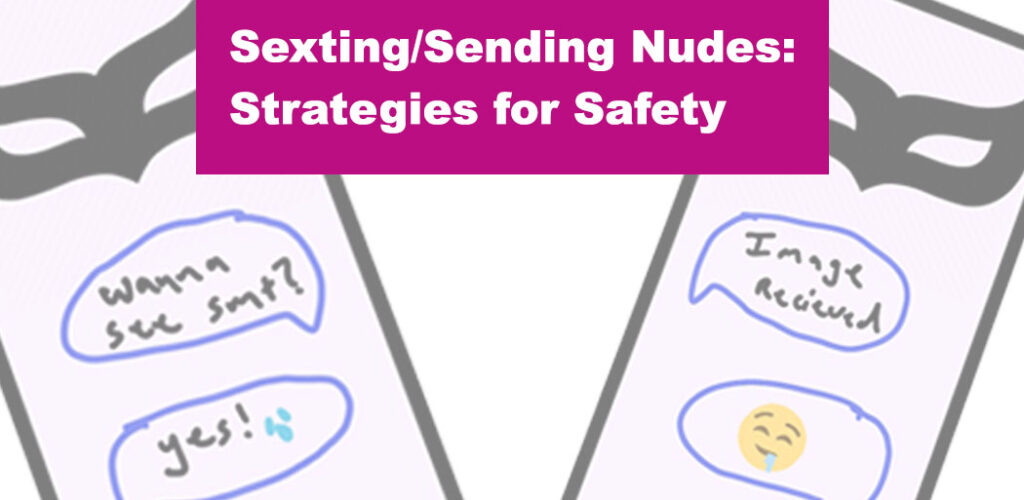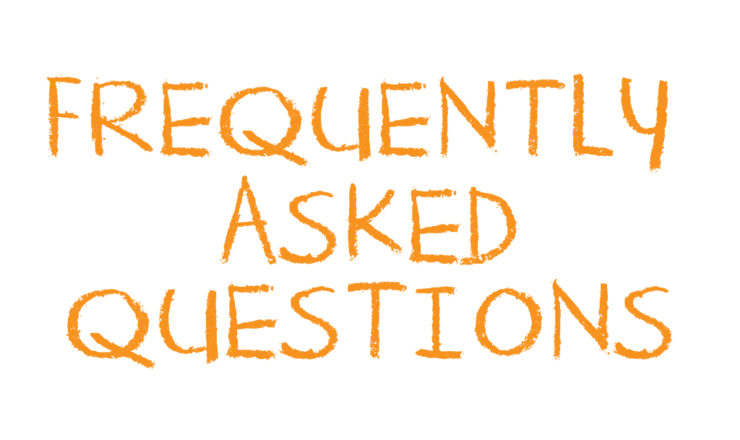

By Teen Health Source Volunteer
FAQ: I have never/ have limited knowledge of sexting and sending nudes, I would like more information about it. What are some things I should be mindful of to stay safe?
Sexting is a very valid way of sexually connecting with another person. It’s a pretty common thing to do, and there is no shame in wanting to learn more about it.
However you’re right, sharing intimate images or messages still has risks. This blog post is a general guide for ways to stay safe and informed when it comes to sexting.
It’s important to be on the same page as the people you’re sexting. Ideally you can sort this out before you start sending things, but it’s never a bad idea to have a check-in and talk about what you’re already doing. Communication is key! Things you might consider talking about include:
Talking about boundaries like these is a way to help make sure that sexting is how you can share what you want and how you expect to be treated, and what your limits are. No matter how “small” it may seem, anything that you don’t want is important and should be respected! Getting on the same page about each other’s boundaries is a way to be having conversations about consent in sexting. And just like how consent for in-person stuff is an ongoing conversation, talking about consent and boundaries for sexting is also ongoing. Boundaries can change as feelings and circumstances change.
| Remember |
|
There are legal risks for taking and sending photos of people who are under 18 years old. In some places the law might consider this creating and distributing porn featuring a minor. If this applies to you, or to someone who you are asking to send you nudes, it is good to talk about and understand how big the risks might be if you get caught. If you feel like the risks are too high for you, it’s okay to wait until people are older, or only send sexy texts or non-nude images/videos. For more info, please see our Age of Consent page.
Different apps have different algorithms, and it’s a good idea to do some research into how they are run. Some apps will notify you when someone saves or takes a screenshot of your pictures, some apps won’t notify you, and other apps don’t allow screenshotting or saving pictures at all. You can pick an app that you are most comfortable and confident in. While this is not fool-proof (recipients can find ways to save pictures) it’s one more added way to be safe.
Having unique features like tattoos, piercing, and your face is part of what makes someone special. However, to avoid other people from recognizing you, keeping those features out or photos will make it much harder for people to know who’s in the pictures. This is especially important if your pictures are shared without your consent. Try considering things like:
You never know when someone is borrowing someone else’s phone, or if the other person is somewhere that is okay to receive a sex. Doing this helps to avoid someone unwanted/unsuspecting in seeing something that was not intended to be shared.
Editing a dot or sticker onto a photo is called watermarking. The idea is that you put a different watermark on sexts for each person you’re sending it to, so in the event that photos get leaked, the watermark on the leaked photo can help you identify who shared your photos without your consent. If you’re doing this, some strategies to help make it easier include:
If you have questions about this topic, feel free to contact one of our peer educators. [Link]
Last Updated: September 2021

Going on hormones is supposed to change your body and that can be pretty scary when you don’t know what to expect. For this post, we’ve adapted a some resources from the Rainbow Health Network’s pages on Feminizing and Masculinizing Hormone Therapy.

When you’re in a relationship, how do you handle new feelings of romantic or sexual attraction for people other than your partner? And what if those new feelings you’re feeling are making you ask questions about your sexual orientation? In this post we cover some definitions for orientations that you may not be familiar with!

If you don’t want to ask your partner if they have an STI (e.g. one night stand), what is the worst that can happen?